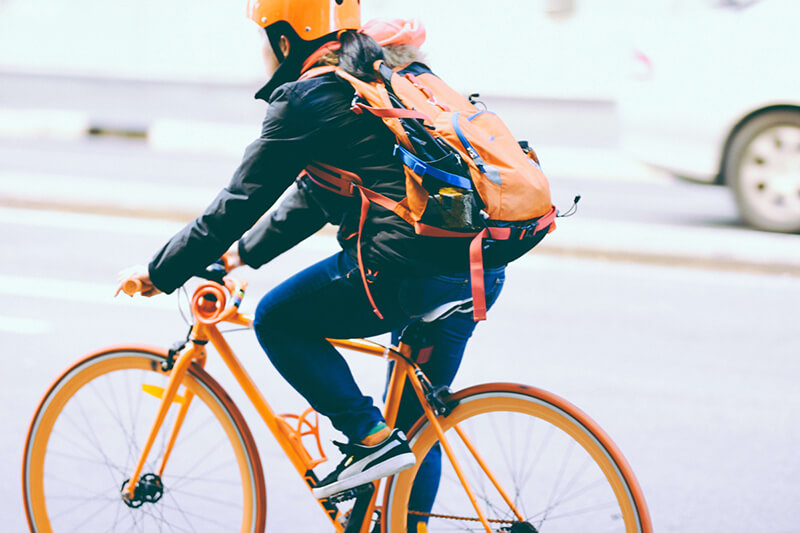Whether you are taking an hour long spin session during your lunch break, riding your bike to and from work, or just simply love cycling on your time off, stretching must be a big part of your weely routine. It’s very simple, think of your body being placed in a bad postural position for an extended period of time while performing repetitive movements.
The result will cause postural dysfunctions leading to aches and pains. Combine this with an 8 – 12 hour work day spent hunched over sitting in a chair, it will only increase the risk of injury and possibly chronic pain.
The main areas of concern for cyclists are the shortening of the hamstring and hip flexor muscles meanwhile developing tight chest muscles from leaning towards the handle bars. Over time these muscle groups become excessively tight from desk sitting and cycling causing a decline in cycling performance and other related physical activities.
Low back pain and discomfort is highly associated with shortening of the hip flexors and inability to have proper muscle support from the core and glutes! Prolonged periods spent sitting and cycling without a consistent well rounded stretching routine may cause the lumbar spine to be in excessive flexion causing stress on surrounding muscle groups, especially the neck. Let your spine move in multi-directional movements through stretching, promoting good range of motion and a healthy neutral lumbar that will not be put you at risk of injury.
WHEN AND WHAT?
Before you start your ride, it is highly recommended that you warm up and stretch first through dynamic movements and not static long stretches. Spend 5 – 10 minutes warming up your body and increasing range of motion through all areas from ankles, knees, hips, back, shoulders and neck.
It will help get blood circulation to the areas along with a proper warm up of the fascia (connective tissue) allowing for better overall movement and flow. Afterwards, once you have finished your cool down period from the bike ride or spin session, proceed to stretch through longer stretches anywhere between 30-60 seconds with very light and controlled movements.
Target These Areas
1. The mid and low back
You probably didn’t think I would mentioned this one! The lower back is a really overlooked area for runners but the truth it absorbs a lot of the impact while running. The reason for this is because due to prolonged sitting and weak glutes, the low back muscles have to kick in to help in every stride due to lack of support from the core and glutes. As this happens the low back muscles become really tight over time and need to be stretched out to avoid injuries. Multi-directional movements for stretching the low back a recommended for having the best run!
2. Hip flexors and quads
Most of the running work will be done by these guys as a high percentage of runners have fairly weak glutes, the quads take over most of the running load and unfortunately put the knees in a very vulnerable position over time. A proper warm up and dynamic stretch for the quads before running is really important.
3. Glutes, hamstrings and calves.
These three muscle groups are one of the most common areas that become shortened and tight with prolonged sitting which puts them at risk of injury when making longer strides in your run. A proper dynamic stretch for your hamstrings, groin and calves before running will help prevent this from happening and give your legs more freedom to move without restrictions.
Deep breathing and a relaxed state of mind is very important to stretching, try to avoid any aggressive bouncing or force to your stretches to avoid possible injury to the area.

